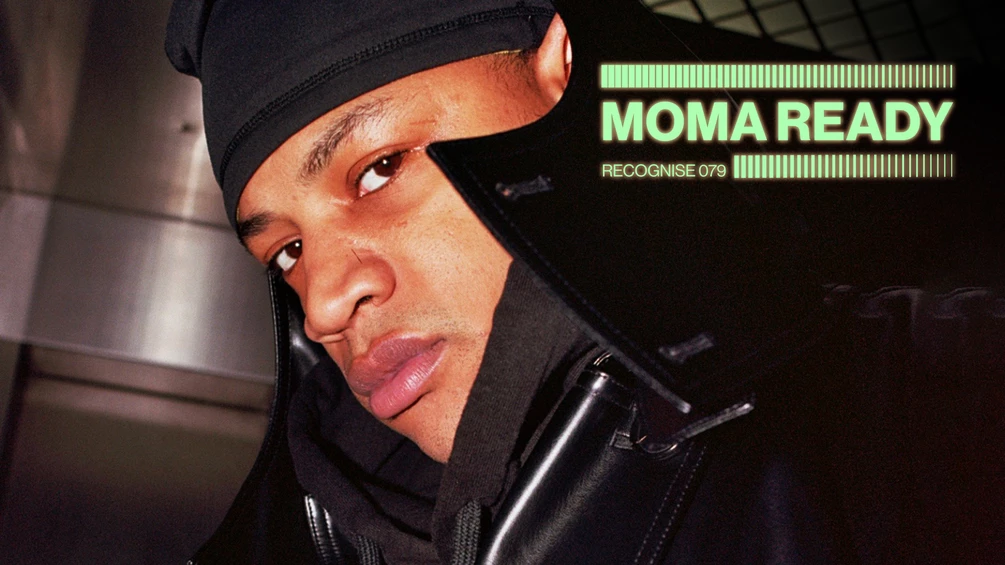
Fittingly, Stevens’ earliest work was a family affair. “A couple of my cousins were into [producing],” he says, “and we would all make beats together.” What started as a series of hip-hop experiments eventually moved into something more connected to R&B and techno; by the mid-2010s, his music was leaning further and further towards the dancefloor and DJ booth.
He started digging into the myriad histories of American dance music — paging through a mental atlas, he flips to “Chicago, Detroit, New York, Miami, Atlanta, LA, Baltimore, Philly, New Jersey” — and was gobsmacked by what he found. “When I discovered Robert Hood was an American Black man, that shit fucked me up,” he exclaims. “It breathed so much life into me, and it inspired me endlessly. I started to notice that the women singing on these songs sounded like the women I grew up going to church with. They don’t sing like this in Europe! I grew up in a Black church, man. [In house and techno,] I was hearing stuff that reflected my identity.”
Stevens’ devotion to North American techno, then, is not about genre purism; it’s about feeling, about a style as both an emotional and physical thing. As MoMA Ready, his music is reverent to the lineages of American dance music, but it is not rigidly beholden to them. You can sense all of this in the vast discography he’s cultivated to date — an exploratory archive that goes deep and wide in equal measure.
On a first pass, it’s staggeringly broad — the punchy house of ‘BODY 24’, the blissed-out techno of ‘Faith in Us’, the depth-charge jungle breaks of ‘Ocean Walker I’, the pummeling hardgroove of Headlock — but Stevens has a slightly different read. In his characteristically matter-of-fact manner, he lays it out: “I know my range, and I can go whatever direction I want. But the mercurial nature of my music — that is my music. I’m the throughline. I’m the linchpin between all the ideas.”
